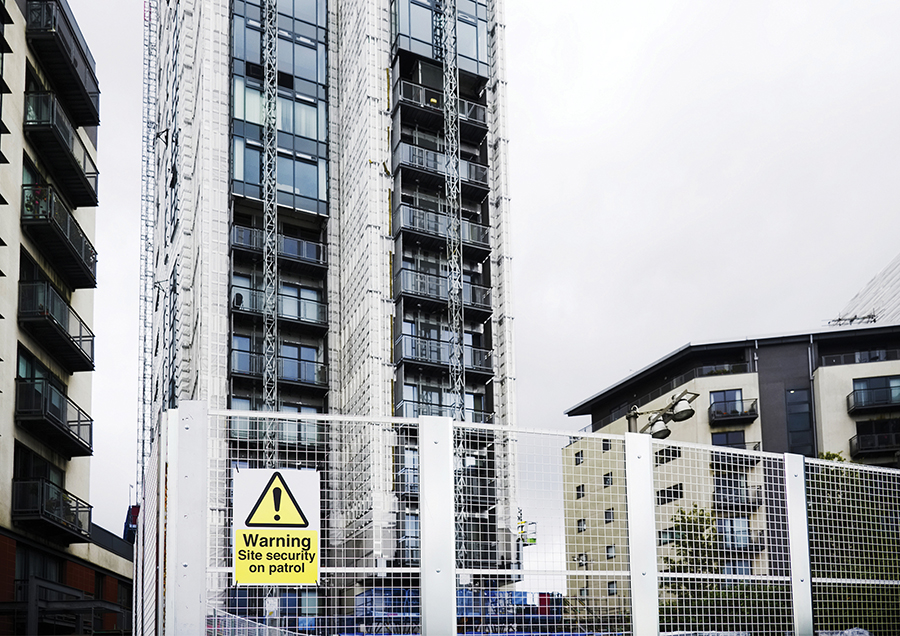
Members of the Chartered Institute of Building (CIOB) have broadly agreed that the proposed Building Safety Levy should be the responsibility of the client.
The finding came following a survey of CIOB members ahead of the institute’s response to a consultation on the design of the levy by the Department for Levelling Up, Housing and Communities (DLUHC).
While the CIOB, as a professional body, is unable to comment on the design and scope of the levy, the survey was created to collate members’ views should they not have time to complete the full consultation.
Respondents were a mixture of developers, housebuilders, consultants, main contractors and housing associations.
There was also broad agreement among correspondents that calculation of the levy should be based on floor area rather than per residential unit. On the levy rate, it was largely agreed that it should be varied depending on location, to reflect differing property values.
“There is a risk that unless there is buy-in from those expected to pay the levy, it could be perceived as another cost to business, ultimately passed onto consumers through increased prices.”
And respondents made it clear that hospitals should be exempt from levy charges, while some also felt that affordable housing and refurbishment projects should be exempt.
In the survey, respondents speculated that businesses might try to avoid paying the levy, potentially because they are already paying other levies, such as the Apprenticeship and CITB levies. The CIOB highlighted that businesses that are in scope of the levy might tweak their construction programmes (for example, building to certain heights that do not fall in scope) to avoid paying the levy.
The CIOB called for government to monitor this and ensure that buildings meet the housing demand and are constructed with safety and quality in mind.
David Barnes, policy and public affairs manager at the CIOB, said: “The Building Safety Levy is intended to be placed on developers who seek regulatory permission to build certain high-rise residential buildings in England.
“We agree with the need to find a balanced approach to remediating historical building safety defects that do not punish either industry or households in a considerable way. However, there is a risk that unless there is buy-in from those expected to pay the levy, it could be perceived as another cost to business and, in time, will ultimately be passed onto consumers through increased prices.”










